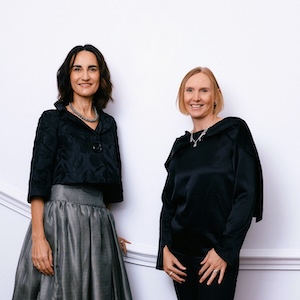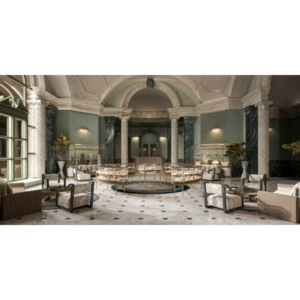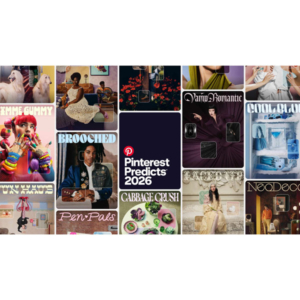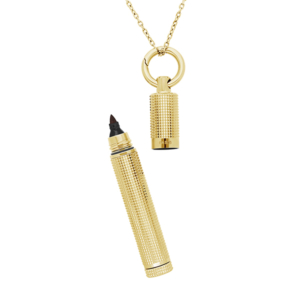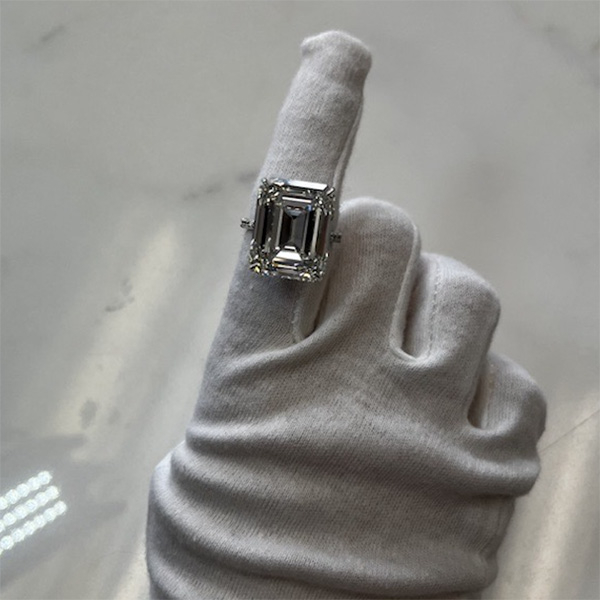
When Ritani, the direct-to-consumer diamond jewelry brand, decided to introduce lab-grown diamonds into its inventory mix in 2018, the fear was real. “We thought about it for months,” Ria Papasifakis, vice president of e-commerce, tells JCK. “We were nervous because it was a new thing. Ritani had always carried natural diamonds. But we decided to go for it because none of our competitors were doing it.”

The rest, as they say, is history. Papasifakis says the executive team was shocked by the category’s immediate success (“Year-over-year growth was significant for a new product category and the market accepted it quicker than anybody thought,” she says), but nothing compared with lab-grown sales during the pandemic.
“We couldn’t keep up with orders,” she says. “People were really buying lab-grown diamonds, maybe as a budget decision. And since then, they’ve become a staple, here to stay.”
Below, Papasifakis talks to JCK about how Ritani’s lab-grown business has evolved, the growing rationale for lab-grown purchases, and the mega lab diamond a customer purchased online earlier this month.
The interview has been condensed and edited for clarity.
What types of lab-grown jewels were people buying during the pandemic?
It was bridal for sure, for engagement rings. And also staple jewelry, what we call the ABCs: stud earrings, solitaire pendants, tennis bracelets. Jewelry box staples.
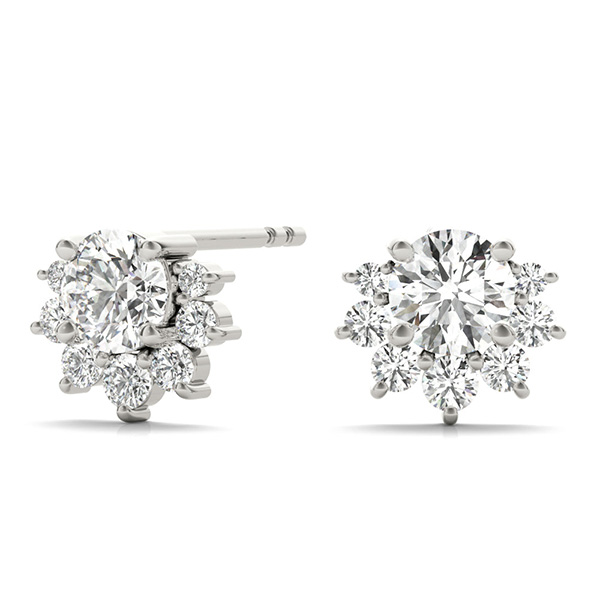
What was your average price point for lab-grown jewelry during the pandemic?
During the pandemic, prices were higher than they are today for lab-grown diamonds. I believe the average price point was in the $4,200s. Now it’s closer to $3,200—not because people are buying less quality or less carats. It’s because the market has fluctuated with its pricing.
They’re buying enormous diamonds. I often think, what’s going to happen in five years? You’ll be walking through the supermarket and you’ll see people wearing 4 ct. diamonds, and they’ll be commonplace.
Ritani recently sold a 26 ct. lab-grown diamond online, right?
Yes, to a woman in Las Vegas. It’s a 26 ct. emerald-cut lab-grown diamond solitaire in an 18k yellow gold setting, and it’s an additional ring to her original engagement ring, an upgrade. It retailed for $99,000.
Are engagement ring upgrades a common reason for your customers to buy lab-grown?
Historically, it was a special practice—maybe you hit a milestone or a promise was made when you were getting engaged, and then years went by and now you’re more financially comfortable, and the partner wants to make the upgrade for the wife.
I think that’s gone a little bit. Not that it’s not special anymore, but we are seeing a lot of women coming in and purchasing their own additional engagement ring. Instead of buying a Celine bag or a pair of shoes, they think, I can spend $3,000 and get a bigger diamond. Maybe they got married with a solitaire or a marquise three-stone ring and it’s a little outdated and they want to buy something a little fresher to wear, but they hold on to their original ring for sentimental value. And we see a lot of that—on a weekly basis.
Are your lab-grown customers concerned about quality, or are other factors of greater consideration?
They’re not so concerned with quality as they are with the style of setting or the trending shape, like an oval, emerald, or even pears lately. And size. They usually come in with a starting budget, around $2,500 to $3,000.
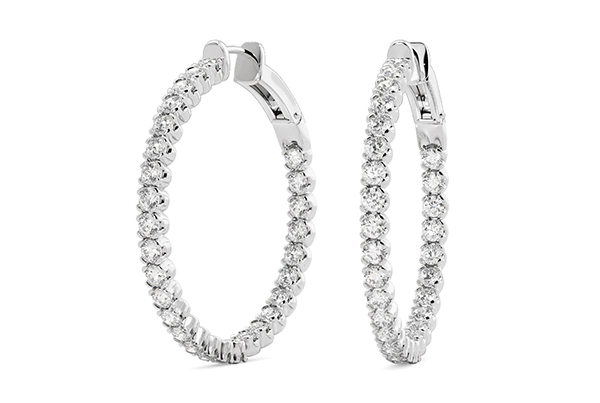
Do they ever ask you about resale value?
No. It’s not a conversation.
Is it a conversation in your natural business?
Absolutely. The conversation is usually, If I want to upgrade, do you offer anything and what does that process look like? Not so much what will it be worth in five years.
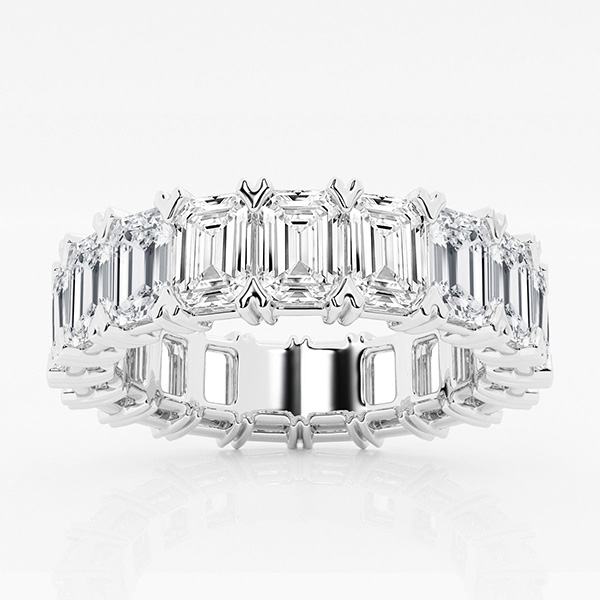
And how is the lab-grown fashion jewelry category shaping up?
Eternity rings, tennis necklaces, things of larger carat weights, things that weren’t everyday purchases that would cost $50,000 and now are $2,000, are in high demand.
Top: Engagement ring in 18k white gold with 26 ct. emerald-cut lab-grown diamond, $99,000 (photos courtesy of Ritani)
- Subscribe to the JCK News Daily
- Subscribe to the JCK Special Report
- Follow JCK on Instagram: @jckmagazine
- Follow JCK on X: @jckmagazine
- Follow JCK on Facebook: @jckmagazine

